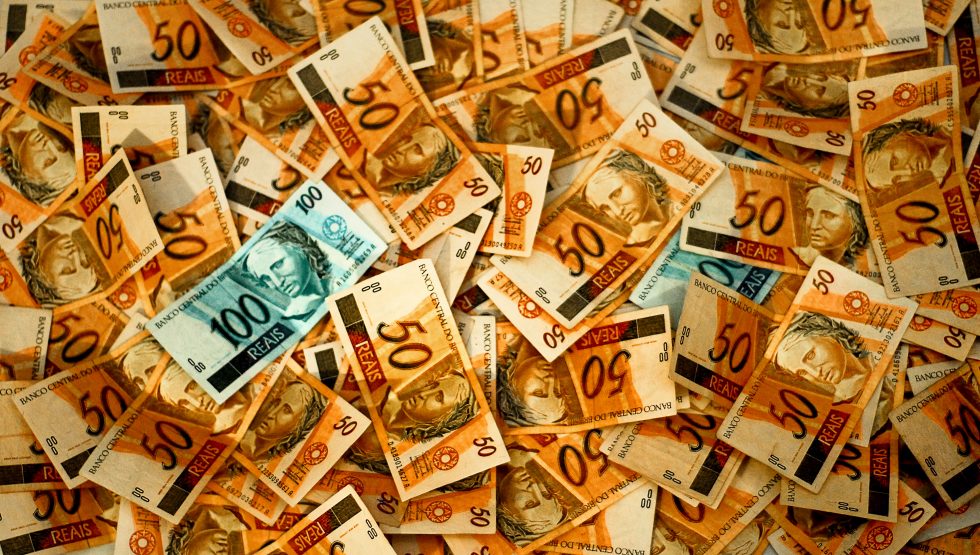 Getty Images
Getty Images You’re probably not old enough to remember this, but economic stability is something relatively recent in Brazil. It will turn 30 on July 1st. This date marked the launch of the Real as the Brazilian currency.
The currency change didn’t happen overnight, it was planned a year in advance and was put into practice slowly. According to experts, this was one of the main reasons why the Real Plan — the name given to the set of measures to enable the adoption of the new currency — was able to achieve its main objective: to control hyperinflation and promote economic stability.
Before the Real, six other economic plans attempted this feat, but were unsuccessful. “The previous ones were announced late at night and took effect the next morning, no one had time to prepare,” says Rodolfo Olivo, a professor Fia Business School.
In addition to the abrupt change in the currency, the predecessors of the Real Plan adopted ineffective measures, such as freezing prices on the shelves and even confiscating the savings of Brazilians.
What pre-Real Brazil was like
Before the creation of the Real Plan, hyperinflation dominated the country. The index reached 2,400% in 12 months. By way of comparison, inflation in 2023, calculated by the Índice Nacional de Preços ao Consumidor Amplo (IPCA), was 4.62%.
In practice, stratospheric inflation meant a daily change in the price of products and services. Supermarkets had workers responsible for re-pricing items every night.
For consumers, the devaluation of money was cruel. The salary received at the beginning of the month lost value: at the end of the month, the same amount of money was no longer enough to buy the same amount of food. To alleviate this situation, a device called a salary trigger was created. Every time inflation exceeded 20%, wages were compulsorily readjusted to try to protect the purchasing power of the worker.
How the currency change took place
In 1993, the planning of the changes began. Part of the government’s economic team that created the Real Plan had already taken part in other attempts and had learnt about what did not work, such as freezing prices and a sudden change in currency. It was decided that the Real should be implemented in stages.
– THE FIRST STEP was the adoption of an intermediary currency, called the Cruzeiro Real, in August 1993, to make financial transactions more feasible, by decreasing the number of zeros on banknotes and cash registers. One Cruzeiro Real was equivalent to one thousand Cruzeiros, the previous currency.
– THE NEXT STEP was the establishment of a kind of virtual currency, which served for the transition from the Real to the Cruzeiro Real. Thus, on March 1, 1994, the Unidade Real de Valor (URV) began to operate. The price of products and salaries were reported in URV, but paid with Cruzeiro Real.
– THE URV was worth one dollar, and every day, the equivalent in Cruzeiros Reais was updated and published by the media. “The URV was created by economists Persio Arida and André Lara Resende which allowed for the transition of the currency without traumas”, states Olivo.
– ON ITS FIRST DAY, the URV was worth 647,50 Cruzeiros Reais. On the last day, June 30th, it cost 2.750 Cruzeiros Reais. The following morning, on 1st July, one URV began to be worth one real, which was quoted as one dollar.
The benefits of the Real
INFLATION CONTROL. In June 1994, monthly inflation measured by the IPCA was 47.5%. In July, the first month of the Real, it stood at 6.8%, and continued to fall, remaining below 1% in August 1995 and under control until today. In 1998, prices rose 1.65%, the lowest annual inflation on record.
PURCHASING POWER. The control of inflation generated economic stability, which, in turn, has ensured the maintenance of consumers’ purchasing power, which is especially important for the poorest, who can now have the chance to control their financial lives and even invest.
CULTURE OF INVESTMENTS. So valuable for financial independence, the investment culture only came about thanks to economic stability. In times of hyperinflation, there were no long-term investments, because there was no confidence in the country’s economy. “Stability was a great institutional achievement of Brazil that helped the entire population,” concludes the FIA professor.
Curiosities about the Real Plan
– With one real it was possible to buy a kilo of chicken, which made the bird become a symbol of the economic plan.
–The poorest families were able to increase their shopping list, which made the sale of Yogurt, for example, increase 86%.
– Before the Real the minimum salary was of 42.829 Cruzeiros Reais, according to the Advanced Financial Network (ADVFN). When it was converted to real, it began to be worth 64,79 reais.
– In October 1994, the dollar reached its lowest level in relation to the Real. One dollar was equivalent to 0,83 cents of a Real.
– The one real banknote stopped being printed in 2005 and was substituted by a coin of the same value.








